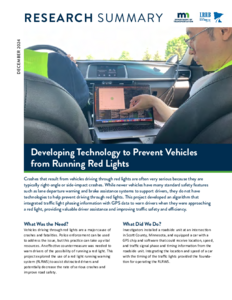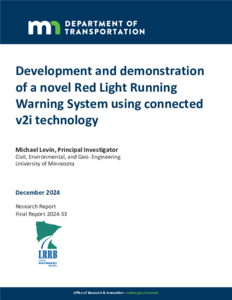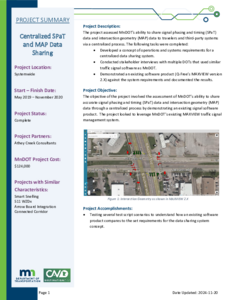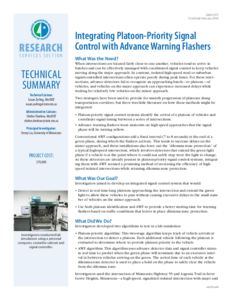Development and demonstration of a novel Red Light Running Warning System using connected v2i technology
Date Created
2024-12
Report Number
2024-33
Description
Pedestrian Risk on Anishinaabe Reservations in Minnesota: Overview and Phase 2 Results
Creator
Date Created
2024-06
Report Number
2024-18
Description










